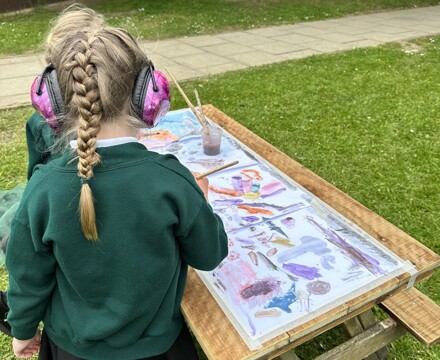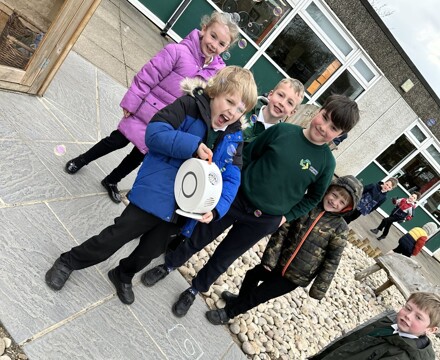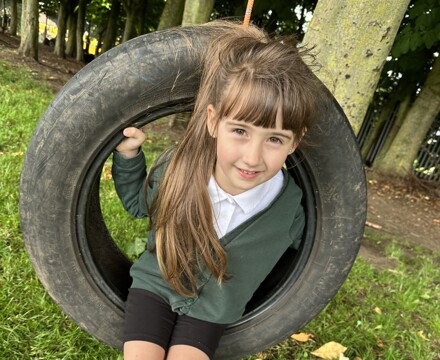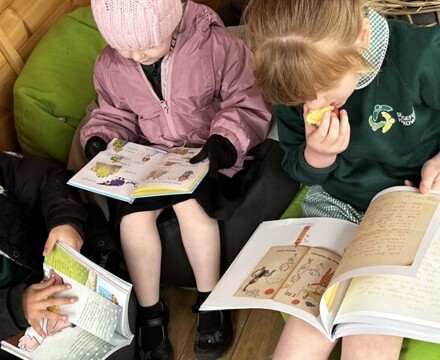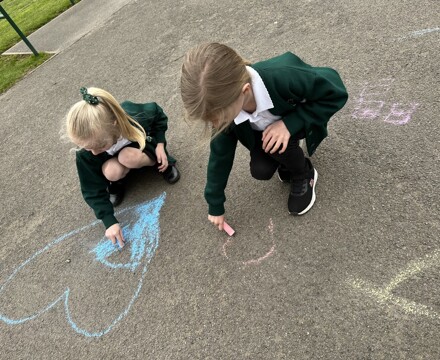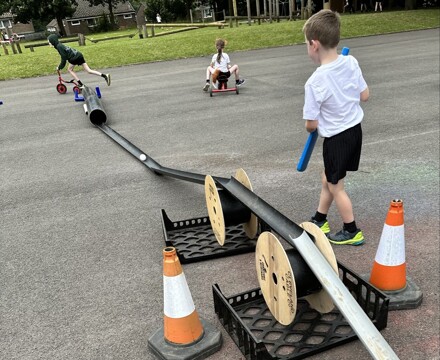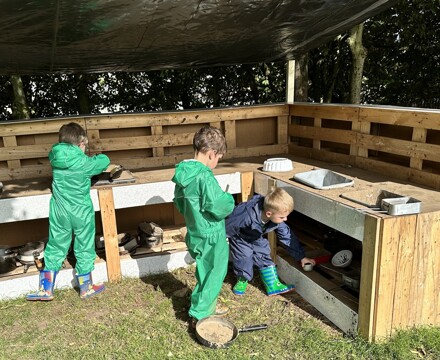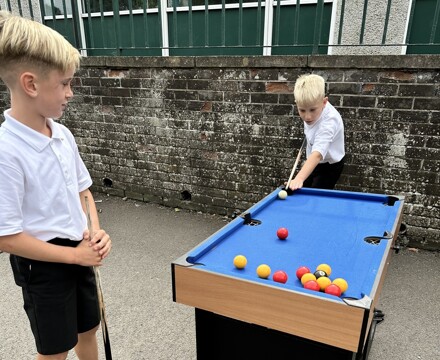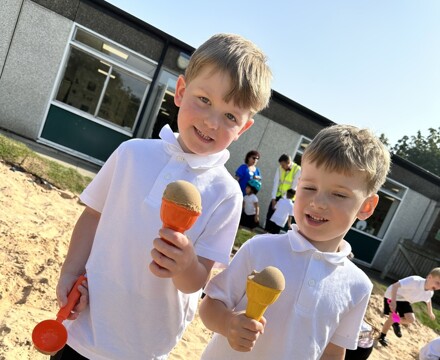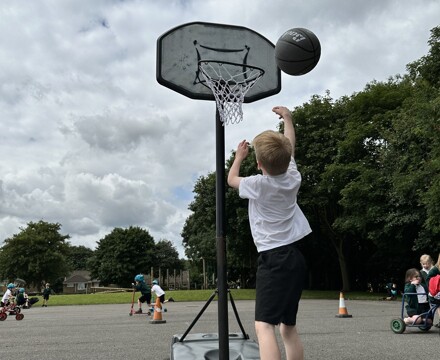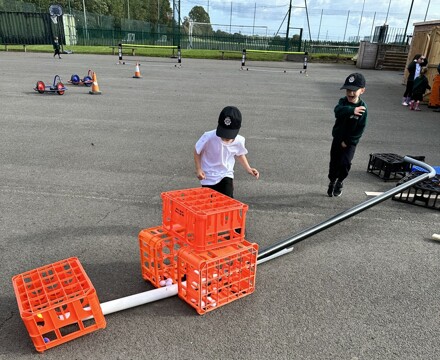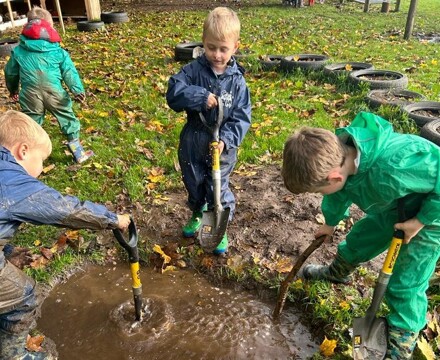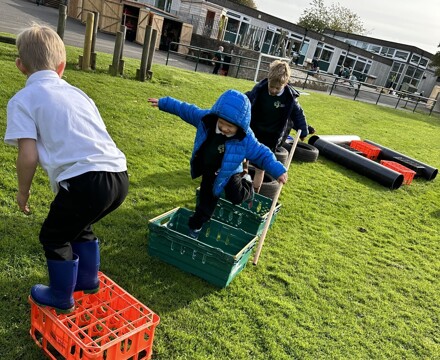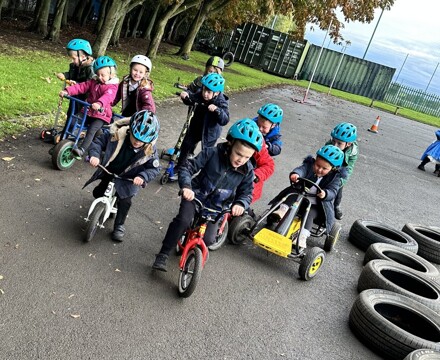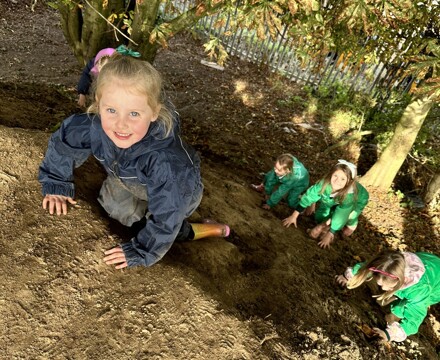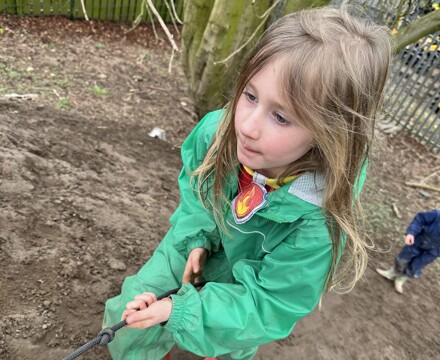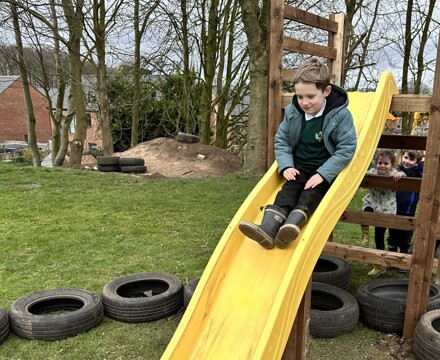- Home
- Beyond the Classroom
- OPAL - Outdoor Play & Learning
OPAL - Outdoor Play & Learning
At Sedgefield Hardwick, we are passionate to ensure that our outdoor play offer is as vibrant, creative and innovative as out academic curriculum. Consequently, we use the OPAL offer to ensure every pupil has an amazing period of high quality play everyday! In July 2024, we were assessed by the OPAL team and attained the highest level - the Platinum Award!
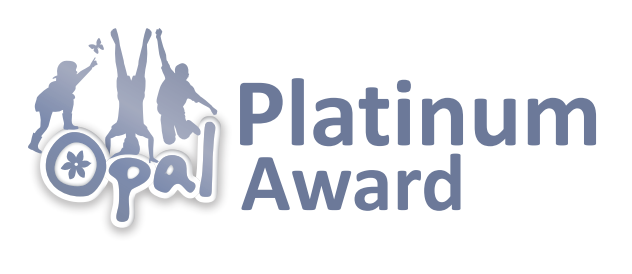
We feel play is fundamental to the physical and mental well-being of children. We plan for, resource and evaluate the quality of play provision as if it were an important human right, essential to all aspects of children’s development and a source of joy and happiness that every child can access because it is all of these things.
What is OPAL?
This project aims to improve opportunities for physical activity, socialisation, co-operation, coordination, resilience, creativity, imagination and enjoyment through improved play.
The OPAL Outdoor Play and Learning Programme is the result of 17 years of testing and development in over 250 schools and is now used in Canada and New Zealand as well as across the UK. Work has started to adapt the programme for schools in Slovakia, Czech Republic, Hungary, Poland, and Austria. In 2018 OPAL won first prize in an EU funded award for the best active school’s programme in Europe.
It is based on the idea that as well as learning through good teaching, your children also learn when they play, and as 20% of their time in school is playtime, we want to make sure that this amount of time (equivalent to 1.4 years of primary school) is as good as possible.
For more information, please visit the OPAL website:
The benefits of play
Children learn through their play.
Don’t underestimate the value of play. Children learn and develop:
– cognitive skills – like math and problem solving in a pretend grocery store
– physical abilities – like balancing blocks and running on the playground
– new vocabulary – like the words they need to play with toy dinosaurs
– social skills – like playing together in a pretend car wash
– literacy skills – like creating a menu for a pretend restaurant
Play is healthy.
Play helps children grow strong and healthy. It also counteracts obesity issues facing many children today.
Play reduces stress.
Play helps your children grow emotionally. It is joyful and provides an outlet for anxiety and stress.
Play is more than meets the eye.
Play is simple and complex. There are many types of play: symbolic, sociodramatic, functional, and games with rules-–to name just a few. Researchers study play’s many aspects: how children learn through play, how outdoor play impacts children’s health, the effects of screen time on play, to the need for recess in the school day.
Play is a child’s context for learning.
Children practice and reinforce their learning in multiple areas during play. It gives them a place and a time for learning that cannot be achieved through completing a worksheet. For example, in playing restaurant, children write and draw menus, set prices, take orders, and make out checks. Play provides rich learning opportunities and leads to children’s success and self-esteem.
How can you help?
Play is not messing about. It is the process evolution has come up with to enable children to learn all of the things that cannot be taught, while also feeling like it is fun. There are certain things children must have in order to be able to play. These include:
– Having clothes that you can play in
– Having things to play with
– Having a certain amount of freedom
As the school improves play opportunities for your children, you may find the school is asking you for resources and is making changes about how the children use the school grounds. They may use more of the grounds, for more of the year. Your children may get a bit messier, be exposed to more challenges and have greater freedoms to play where, with whom and how they like. The experiences the school is fostering are essential for children’s physical and mental well-being and healthy and in line with all current good practice advice on health safety, well-being and development.
